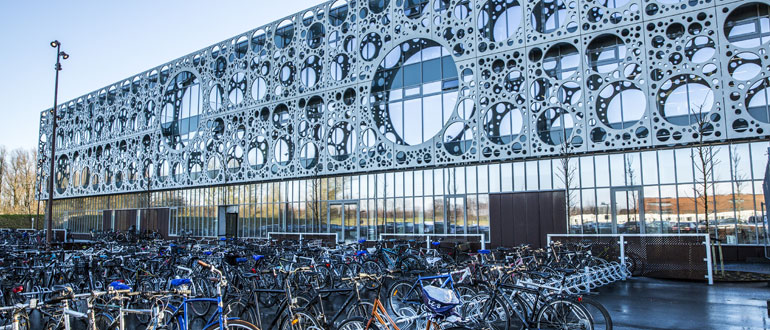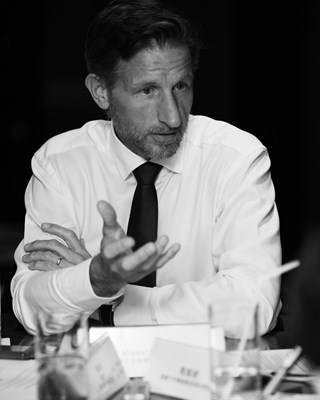
New professor to build international research environment for future's construction industry at SDU
Buildings have to perform in terms of indoor climate and physical framework, but design should also play its part. A professor who values both design and sustainability will lead SDU Civil and Architectural Engineering.
Sustainability, aesthetics and new technology such as virtual reality and robots will shape the future of construction. That will be the vision when 51-year-old Mikkel Kragh takes up the reins as Professor and Head of Section at SDU Civil and Architectural Engineering.
- My experience in industry leads me to conclude that the combination of urbanisation, Industry 4.0 and the global agenda for sustainability is a 'perfect storm' when it comes to creating an international research environment in close collaboration with industry, says Mikkel Kragh, who takes up the post on 1st May 2017.
And Mikkel Kragh has a great deal of industrial experience on which to base his conclusions. Most recently, as head of BUILD, he has been at the forefront of making the Danish Architecture Centre into an interdisciplinary meeting point for the construction industry. Before that, he worked internationally with bases in England, Italy and Belgium. Recently, he was global leader of Facade and Architectural Design in the international company Dow Corning. He graduated from DTU with a MSc and PhD.
International wave of wooden constructions
Buildings are of great importance in our lives. We spend an average of 90% of our time inside buildings. But both climate change and urbanisation are factors that will come to have great influence on the construction of our houses and cities in the future.
- In line with more powerful storms and flooding we will see demands for existing and new buildings to meet higher standards so that they can withstand these weather conditions. Our buildings need to be better secured against the weather-related consequences of climate change, says Mikkel Kragh.
But the construction industry itself is one of the biggest offenders when it comes to climate change. Around 40% of our CO2 emissions are in one way or another related to buildings. Consequently, a wave of wooden houses are about to hit the international market, as wood has the clear advantage of being a sustainable material if it is used responsibly.
- Denmark has a strong tradition for concrete construction and we want this to continue, but modern lumber technology can have environmental advantages, such as wood's carbon binding. It's also an easy material to work with. There's a popular saying that a wooden house can be built with a screwdriver. These are exciting prospects, but it doesn't necessarily mean that everything will now be built using wood, emphasises Mikkel Kragh.
Mikkel Kragh is appointed professor and section leader of SDU Civil and Architectural Engineering
